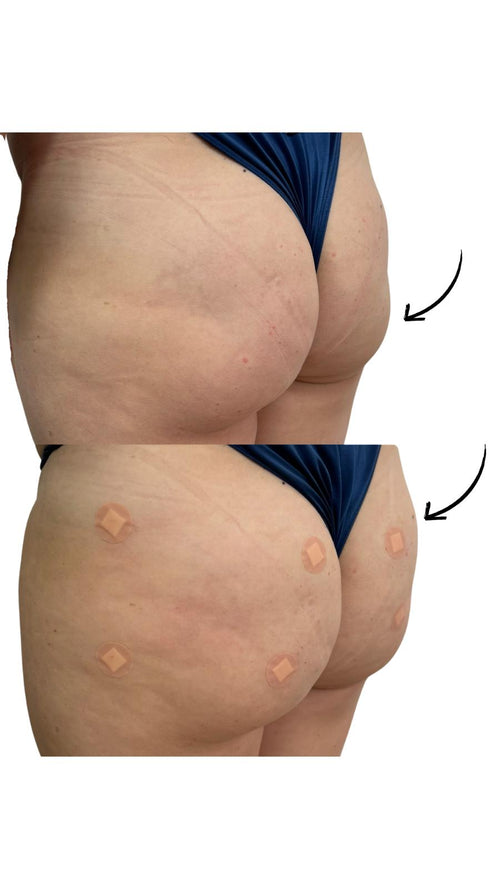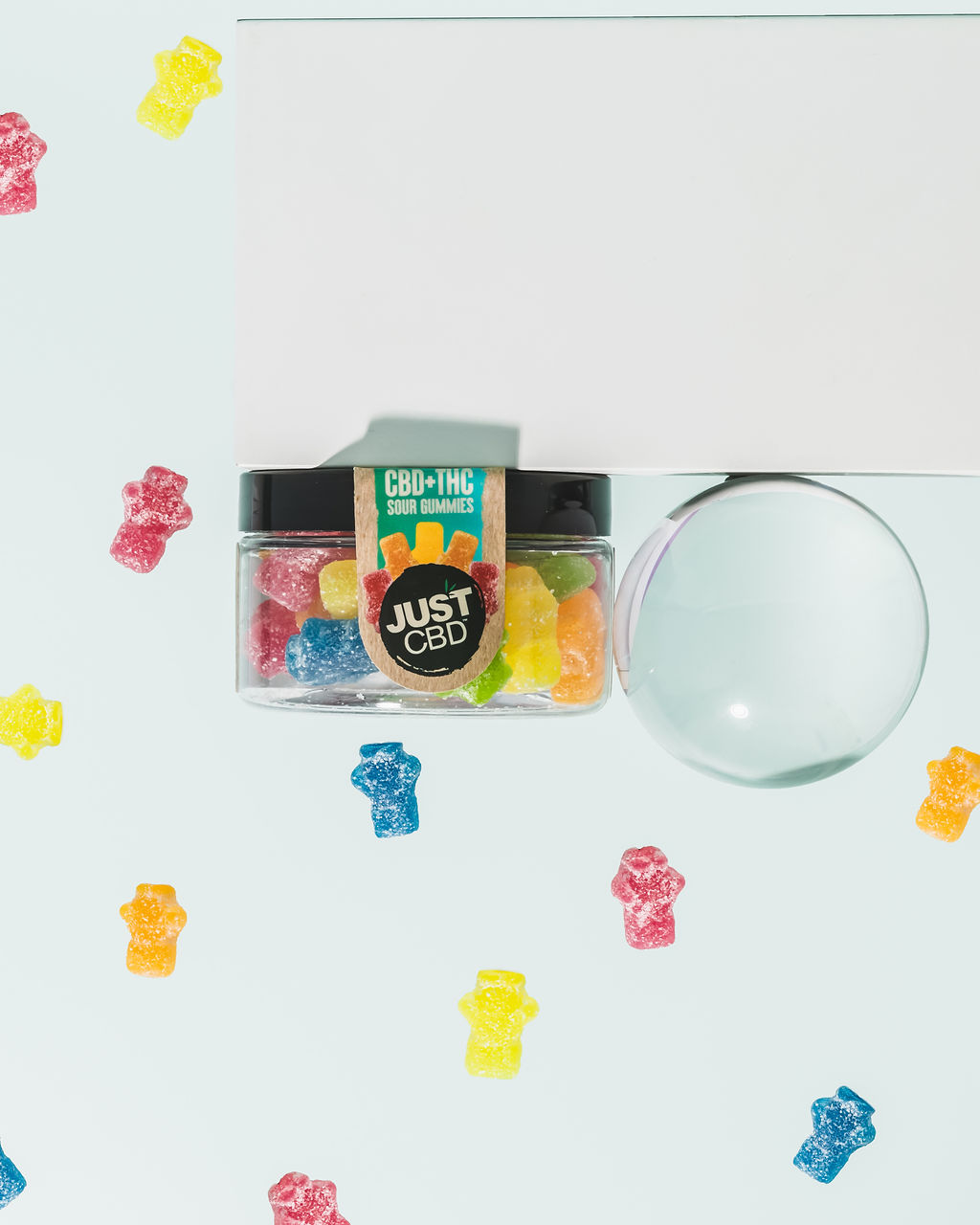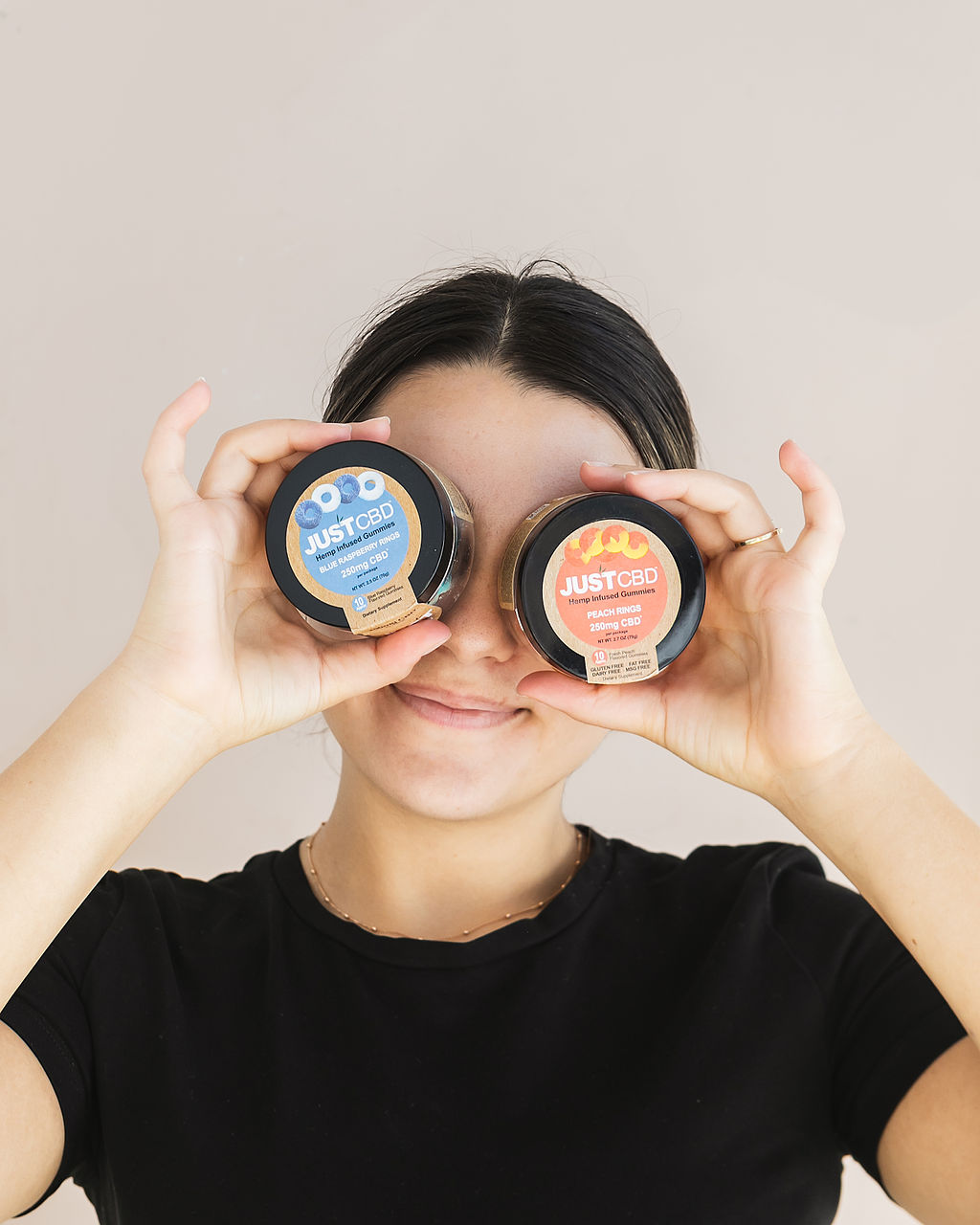Why Does My Smile Look Weird After Fillers?
Book a Consultation for Dermal Fillers at It’s Me and You Clinic with Dr. Laura Geige
Possible Filler Placement Issues
Overfilling
There are several reasons why your smile might look “weird” after filler injections. The key issue often lies in improper placement and overfilling.
Here’s a breakdown of potential problems:
- Incorrect Placement: Fillers placed too high on the cheek can push down on the lip muscles, causing them to flatten and appear less full. This can result in an asymmetrical smile or a downturned appearance.
- Overfilling: Injecting too much filler can create a “puffy” look, especially in areas like the cheeks. This can distort the natural contours of your face and make it difficult for your lips to move naturally, leading to an unnatural-looking smile.
- Volume Imbalance: If fillers are placed unevenly or different volumes are used on each side of the face, it can lead to asymmetry. This can be particularly noticeable in the smile, making one lip appear larger than the other.
- Muscle Interference: Fillers can sometimes interfere with the normal movement of facial muscles responsible for smiling. This can result in a restricted range of motion or a “frozen” expression.
It’s important to choose a qualified and experienced injector who understands the intricacies of facial anatomy and filler placement. Discuss your desired outcome openly and honestly with them. Be sure to ask about their experience, techniques, and aftercare instructions.
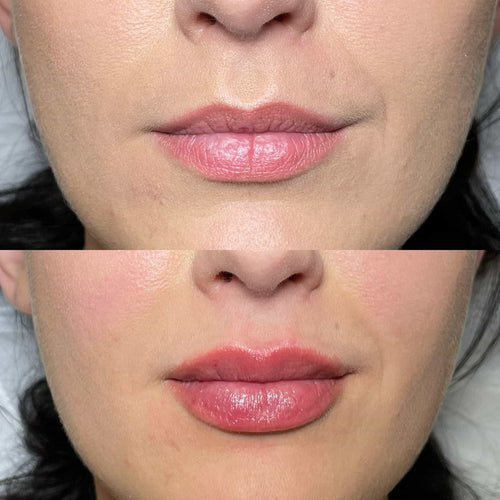
If you’re unhappy with your smile after filler injections, don’t hesitate to seek a second opinion from another qualified professional.
Improper Spreading
Reserve a Dermal Filler Session with Dr. Laura Geige Now
Filler placement and spreading are crucial for achieving natural-looking results when using dermal fillers.
Several issues can arise during these processes, potentially leading to an unnatural or undesirable appearance.
Here are some common filler placement issues:
* **Overfilling:** Injecting too much filler in a single area can result in a puffy, unnatural look.
* **Uneven distribution:** If the filler is not evenly dispersed, it can create lumps or bumps, making your smile appear asymmetrical or distorted.
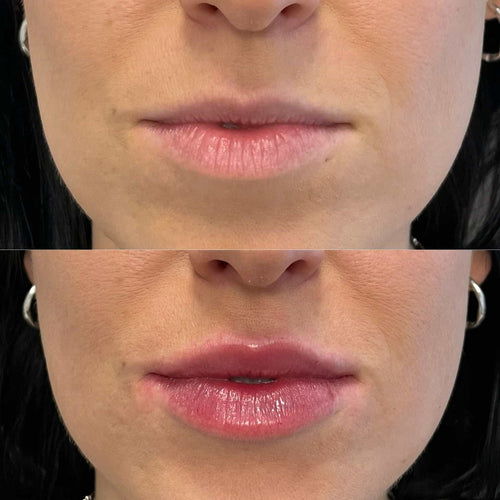
* **Incorrect injection depth:** Injecting filler too superficially can lead to visible bumps or a “pillowy” appearance. Injecting too deeply may result in migration of the filler into unintended areas.
Improper spreading:
- Lack of blending: If the filler is not adequately blended with surrounding tissues, it can create harsh lines or transitions.
- “Cookie-cutter” approach: A standardized injection technique applied to every patient without considering individual anatomy can lead to predictable and often unnatural results.
- Failure to account for facial muscle movement: Filler placement needs to consider how your face moves when you smile, frown, or talk. Injecting filler in a way that restricts these movements can result in an artificial or immobile appearance.
These issues highlight the importance of choosing an experienced and qualified injector who understands facial anatomy and individual patient needs. They should take the time to assess your facial structure, discuss your desired outcomes, and create a personalized treatment plan that minimizes the risk of filler placement problems. It’s also important to remember that fillers are not permanent and may require touch-up appointments to maintain the desired results.
Asymmetry
Filler placement is a delicate art, and even experienced injectors can sometimes encounter issues that lead to an asymmetrical or unnatural appearance. Here are some common filler placement issues that can contribute to a “weird” looking smile:
Overfilling: Injecting too much filler into one area can cause the tissue to bulge or pucker unnaturally, particularly around the lips. This can distort the lip lines and make the smile look stretched or lopsided.
Incorrect Depth:** Placing filler at an incorrect depth can also alter the shape of the smile. If it’s injected too superficially, it might create a bumpy or lumpy texture. Injecting too deeply can result in filler migration and unpredictable results.
Imbalance Between Sides: Subtle asymmetries are normal in human faces, but overemphasizing these differences with fillers can make the smile appear uneven.
**Muscle Pull:** Fillers don’t change muscle structure. If the underlying musculature of the face is naturally asymmetrical or if certain facial expressions cause one side of the smile to pull more than the other, filler placement alone won’t correct this.
Lack of Blending: If the transition between the injected filler and surrounding tissue isn’t smooth, it can create a visible line or demarcation. This can make the smile look unnatural, especially when smiling.
Addressing these potential issues often involves a combination of careful technique during injection, using appropriate types and amounts of filler, and potentially undergoing touch-up appointments to refine the results.
Underlying Facial Anatomy
Muscle Movement Limitations
Understanding why a smile might appear “weird” after fillers requires delving into the complex interplay of facial anatomy and muscle movement.
The face is a dynamic structure supported by a framework of bone, surrounded by layers of fat, muscles, and skin. Key muscles responsible for smiling include the zygomaticus major and minor, which pull the corners of the mouth upward, and the levator anguli oris, which elevates the corners of the mouth.
Fillers are typically injected into these areas to add volume and plumpness, aiming to enhance the appearance of the smile.
However, filler placement can sometimes disrupt the natural movement of these facial muscles.
For instance, if filler is too deeply placed or in excess, it can restrict the muscles’ range of motion, leading to a less natural or “frozen” smile.
The amount and type of filler used also play a role. Certain fillers are designed to be more malleable than others, allowing for greater muscle flexibility.
Additionally, individual anatomy varies greatly. Some individuals have naturally stronger or looser facial muscles, making them more susceptible to changes in movement after filler injections.
Finally, the skill and experience of the injector are crucial. Precise placement and consideration of underlying muscle anatomy are essential to achieving a natural-looking result.
If you’re concerned about your smile appearing “weird” after fillers, consult with a qualified and experienced injector who can assess your individual case and recommend appropriate adjustments or solutions.
Facial Fat Redistribution
Facial anatomy is complex, involving interconnected muscles, bones, and soft tissues that contribute to our unique facial expressions and appearance. Understanding this underlying structure is crucial for comprehending how facial fillers can alter a smile.
The key elements contributing to the appearance of a smile include the zygomaticus major muscle, responsible for lifting the corners of the mouth; the orbicularis oculi muscle, which circles the eye and contributes to crow’s feet; and various facial muscles that facilitate subtle movements.
Beneath these muscles lies a layer of fat pads strategically positioned throughout the face. These fat pads provide volume, support, and contribute to the contours we perceive as youthful fullness. Over time, natural fat loss occurs due to aging, gravity, and other factors, resulting in thinner cheeks, flatter midface, and diminished facial definition.
Facial fillers are typically made of hyaluronic acid (HA), a substance naturally found in our bodies. HA attracts and retains water, effectively adding volume and plumping up the injected areas. This can rejuvenate areas that have lost volume, such as the cheeks or lips.
However, when fillers are placed near or within muscles responsible for smiling, unexpected changes in smile dynamics can occur.
For example, if filler is injected into the area above the corners of the mouth (the nasolabial folds), it can lift those areas and potentially cause the corners of the mouth to be pulled upward more forcefully when smiling. This may create an unnatural, exaggerated smile appearance, making it look too wide or gummy.
Conversely, if filler is placed directly into the zygomaticus major muscle itself, it can potentially restrict its movement, leading to a weaker or less noticeable smile.
Bone Structure Variations
Facial anatomy is complex, with variations in bone structure contributing significantly to individual facial appearances. Understanding these variations can help explain why smiles might appear different after filler injections.
Here’s a breakdown of key anatomical features and common variations:
- Zygomatic Arch: The zygomatic arch, also known as the cheekbone, is formed by the zygomatic bone. Its shape and prominence influence the width and lift of the cheeks.
- Maxilla: The maxilla is the upper jaw bone that forms the base of the nose and provides structure to the upper teeth. Variations in maxilla size and angle can affect lip shape and how well the smile “shows.”
- Mandible: The mandible is the lower jaw bone. Its shape, length, and angle contribute to the definition of the jawline and the overall symmetry of the face.
- Nasal Bones: These bones form the bridge of the nose and can affect how the upper lip appears in relation to the philtrum (the groove between the nose and upper lip).
Variations in these bone structures are common. For example:
- Some individuals have a more prominent zygomatic arch, leading to higher cheekbones.
- Others might have a flatter maxilla, resulting in a less defined Cupid’s bow (the dip in the upper lip).
- The length and angle of the mandible can vary, creating different jawline shapes and influencing how much space is available for fillers to be injected.
Filler injections aim to augment facial features by adding volume. However, if filler placement isn’t tailored to an individual’s unique bone structure, it might not achieve the desired outcome. This can lead to a smile appearing unnatural or “off.” For example:
- Injecting too much filler into a person with a naturally flat maxilla could result in a stretched, unnatural-looking upper lip.
- In individuals with a prominent zygomatic arch, overfilling the cheeks might create an overly rounded appearance and distort the smile lines.
It’s crucial for patients considering facial fillers to consult with experienced and qualified practitioners who carefully assess their individual anatomy before treatment.
Other Contributing Factors
Inflammation and Swelling
Beyond the immediate effects of filler placement, several other factors can contribute to changes in the appearance of your smile post-treatment.
Inflammation and swelling are common reactions to any injection, including dermal fillers. This fluid buildup can temporarily distort the shape of your face, making your smile look different.
Here’s a breakdown of how inflammation and swelling might affect your smile:
- Initial Swelling:
- Displaced Fillers:
- Changes in Facial Muscles:
- Bruising:**
After filler injection, expect some immediate swelling, usually peaking within 24-72 hours. This can cause the lips to appear plumper than intended, altering the symmetry and overall shape of your smile.
While uncommon, slight filler displacement due to movement or pressure during the initial swelling phase could contribute to an asymmetrical or unnatural-looking smile.
Swelling can also affect surrounding facial muscles, potentially influencing how your lips move when you smile. This temporary change might feel unfamiliar and lead to a less familiar smile expression.
Some bruising is common after filler injections. It may obscure the shape of your lips or create an unevenness that affects the appearance of your smile.
Keep in mind, these effects are usually temporary and subside within a week or two as the swelling resolves.
While you wait for the inflammation to subside, avoid strenuous activity, smoking, excessive alcohol consumption, and heat exposure, which can worsen swelling.
If you have concerns about your smile’s appearance after filler treatment, consult with your injector. They can assess the situation and offer reassurance or potential solutions to address any lingering issues.
Nerve Compression
Understanding why your smile might appear different after filler injections requires considering multiple factors beyond just the filler itself.
Here are some other contributing elements:
- Muscle Movement and Asymmetry:
- Nerve Compression:**
- Individual Anatomy:**
- Incorrect Injection Technique:
- Inflammation and Swelling:**
- Underlying Medical Conditions:
Facial expressions involve a complex interplay of muscles. Fillers can temporarily alter muscle movement patterns, leading to subtle changes in how your smile curves or appears balanced.
While rare, filler injections can sometimes compress nerves supplying the muscles around your mouth. This compression can result in weakness or altered sensation, affecting smile symmetry and muscle activation.
Everyone’s facial structure and muscle arrangement is unique. What works for one person might not produce the same results on another. Subtle anatomical variations can influence how fillers distribute and impact your smile.
The skill and experience of the injector play a crucial role. Incorrect placement or over-injection can distort facial contours, affecting your smile’s appearance.
After any injection, it’s normal to experience some inflammation and swelling. This can temporarily make your face appear puffy and alter the shape of your smile until the swelling subsides.
Certain medical conditions, such as TMJ disorders or neurological issues, can contribute to asymmetry or unusual muscle movements, impacting the way your smile looks even without fillers.
Book Your Dermal Filler Appointment with Dr. Laura Geige Today
If you are concerned about how your smile looks after filler injections, it’s important to consult with a qualified and experienced injector. They can assess your individual situation, identify potential contributing factors, and discuss appropriate solutions to achieve your desired results.
Numerous factors besides filler placement can influence how your smile looks post-treatment.
Facial Anatomy and Muscle Movement: Everyone’s facial structure and muscle arrangement are unique. The way muscles contract around the mouth when smiling can affect how fillers settle, potentially leading to an asymmetrical or unnatural appearance.
Expression and Technique: The specific expression used during injection and even afterwards can impact the outcome. For example, smiling broadly might lead to filler being pushed out of place or create unwanted bunching.
Overcorrection: Placing too much filler can result in a swollen, overly plump appearance that distorts the natural shape of the smile.
**Underlying Skin Concerns:** Issues like wrinkles, uneven skin texture, or sun damage can be exacerbated by fillers if they aren’t addressed beforehand. This can make the overall appearance of your smile less harmonious.
Post-Treatment Swelling and Bruising: These common side effects can mask the true effect of the fillers initially, leading to concerns about how your smile looks while inflammation is present.
**Individual Healing:** Everyone’s body responds differently to injections. Some individuals might experience faster absorption or settling of the filler, leading to a quicker change in the appearance of their smile compared to others.
Communication and Expectations: Clearly communicating your desired outcome with your injector is crucial. It helps set realistic expectations and minimizes the chance of dissatisfaction with the final result.
Incorrect Expectations
Beyond the direct impact of filler injection placement and technique, several other factors can contribute to an undesired appearance after lip or facial fillers.
One crucial factor is individual anatomy and facial structure. Everyone’s face has unique muscle groupings, fat distribution, and bone structure, which influence how fillers settle and interact with existing features. What looks natural on one person might appear unnatural on another due to these anatomical variations.
Pre-existing skin concerns like acne scarring, uneven texture, or sun damage can also affect the final result. Fillers may accentuate these imperfections rather than mask them if not carefully considered during consultation and treatment.
Incorrect expectations are a significant contributor to dissatisfaction with filler results. It’s essential to have realistic goals and understand the limitations of fillers. Over-injection, for instance, can lead to an unnatural, overinflated appearance that is far from the desired outcome.
Another factor is the type and amount of filler used. Different fillers have varying viscosities (thickness) and longevity. Choosing a filler inappropriate for the intended area or volume can result in clumping, migration, or premature fading.
Additionally, post-treatment aftercare plays a crucial role. Improper massage techniques, sun exposure, and certain medications can all interfere with the filler’s integration and affect its final appearance.
Communication is key throughout the entire process. Openly discussing concerns, desired outcomes, and realistic expectations with the injector is vital to achieving a natural-looking and satisfying result.
Made by Penny Your Relationship Edge K’s P Rules Cakes Clover Design Online Bye Bye Belly Blog
